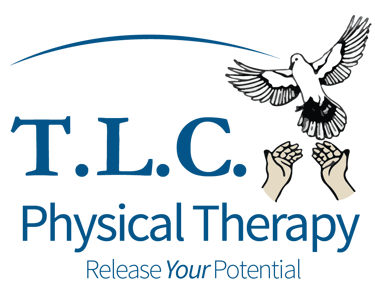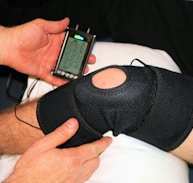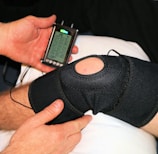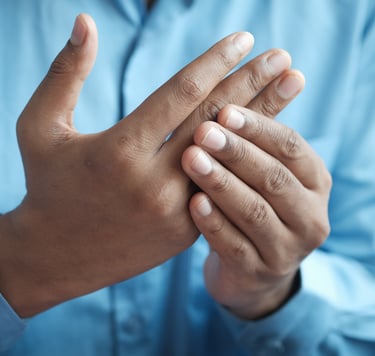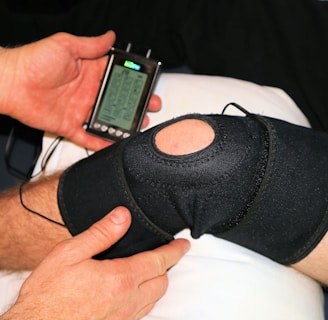Shoulder Pain and the Healing Power of Physical Therapy
Shoulder pain, often underestimated, can be a silent tormentor that gradually takes its toll on your life. It doesn't discriminate; it affects people of all ages and backgrounds. To fully understand shoulder pain and how to overcome it, we need to unravel its causes, recognize its risk factors, and identify what it feels like. In this article, we'll explore the common causes of shoulder pain, highlight its risk factors, delve into the sensations it brings, and shed light on how physical therapy can be your beacon to recovery.
Decoding Shoulder Pain: Unmasking the Culprits
The shoulder is a complex joint, and pain can stem from various sources. Here are some common causes:
Tendinitis: Inflammation of a tendon, which connects muscles to bones. It frequently affects the rotator cuff tendons, encircling the shoulder joint.
Bursitis: Inflammation of a bursa, a fluid-filled sac that cushions the bones and tendons within the shoulder joint.
Rotator Cuff Tears: Damage to the group of muscles and tendons that maintain shoulder joint stability, often due to overuse, injury, or aging.
Frozen Shoulder: A condition characterized by stiffness and pain in the shoulder joint, making movements challenging.
Dislocation: When the ball of the shoulder joint is forcefully ejected from its socket, leading to severe pain and restricted arm mobility.
Risk Factors: Who's at Greater Risk?
Several factors can increase your susceptibility to shoulder pain:
Age: As you age, the risk of developing shoulder conditions like tendinitis and rotator cuff tears increases.
Physical Activity: Athletes and individuals with physically demanding jobs may be more prone to overuse injuries.
Lifestyle: Poor posture, lack of exercise, and obesity can contribute to shoulder pain.
Trauma: Accidents or falls can cause dislocations or other shoulder injuries.
Repetitive Movements: Certain professions or activities that involve repetitive shoulder movements can lead to overuse injuries.
What Does Shoulder Pain Feel Like?
The sensations associated with shoulder pain can vary depending on the underlying cause. You might experience:
Dull Ache: A persistent, low-level discomfort that can worsen with movement.
Sharp, Searing Pain: Occasional sharp pains with certain movements or activities.
Stiffness: A sense of tightness or difficulty moving your shoulder freely.
Radiating Pain: Pain that extends from the shoulder down the arm or into the neck.
Weakness: A feeling of reduced strength or inability to perform certain actions.
The Healing Power of Physical Therapy
Physical therapy can be your pathway to recovery from shoulder pain. Skilled physical therapists, like those at TLC Physical Therapy led by Jason LaMendola PT, play a crucial role in your healing journey. Here's how:
Accurate Diagnosis: Precise diagnosis is the first step. Expert physical therapists identify the exact source of your shoulder pain to develop a targeted treatment plan.
Personalized Care: A customized physical therapy plan addresses your specific condition, aiming for pain relief and shoulder restoration.
Range of Motion Improvement: Therapy focuses on enhancing flexibility and range of motion while strengthening shoulder muscles.
Education: Patients learn proper biomechanics to reduce stress on the shoulder joint and prevent future issues.
If you recognize the signs of shoulder pain and feel its impact on your daily life, don't hesitate to contact TLC Physical Therapy's team in New York City locations in Staten Island, Brooklyn, and Manhattan Their expertise in addressing shoulder pain can guide you toward a pain-free and more mobile future. Don't let shoulder pain hold you back; take the first step towards relief and recovery today!
